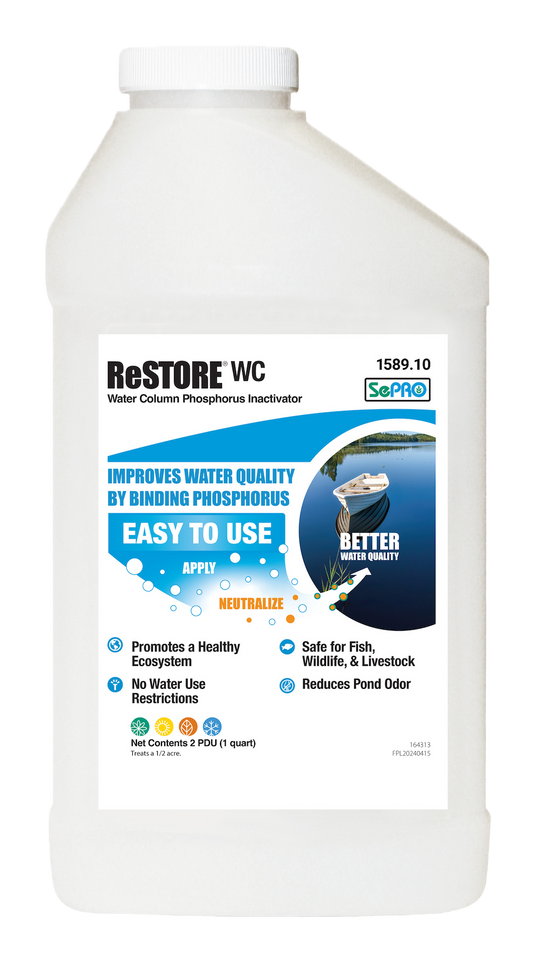Phosphorus is an essential nutrient for plant growth in freshwater ecosystems, but its presence can also cause significant challenges. While it naturally occurs in healthy aquatic environments, high levels of phosphorus can lead to serious water quality problems, including eutrophication.
Eutrophication Explained
Eutrophication occurs when excessive phosphorus enters freshwater systems from sources like agricultural runoff, sewage discharge, and fertilizers. This influx of nutrients leads to the rapid growth of algae and aquatic plants. As these plants grow excessively, they consume large amounts of oxygen, which can result in fish kills and harm other aquatic life.
Algal Blooms
Phosphorus is a limiting nutrient in many freshwater ecosystems. When there's too much of it, algae can quickly multiply, forming large algal blooms. These blooms cover the water surface, blocking sunlight and preventing other plants from growing. As the algae die and decompose, they further deplete oxygen levels, creating "dead zones" where aquatic life cannot survive.
Loss of Biodiversity
Eutrophication and algal blooms disrupt the balance of freshwater ecosystems, leading to a loss of biodiversity. Lower oxygen levels and deteriorating water quality make it difficult for fish, invertebrates, and other aquatic organisms to survive. Many species may die or be forced to move to more hospitable areas.
Human Health Risks
Some types of algae that thrive in eutrophic conditions produce toxins harmful to humans and animals. These toxins can contaminate drinking water, pose risks for recreational activities like swimming and fishing, and even harm livestock and pets. This highlights the critical connection between environmental health and human well-being when dealing with phosphorus-related issues in freshwater ecosystems.
For more information, check out this video.



